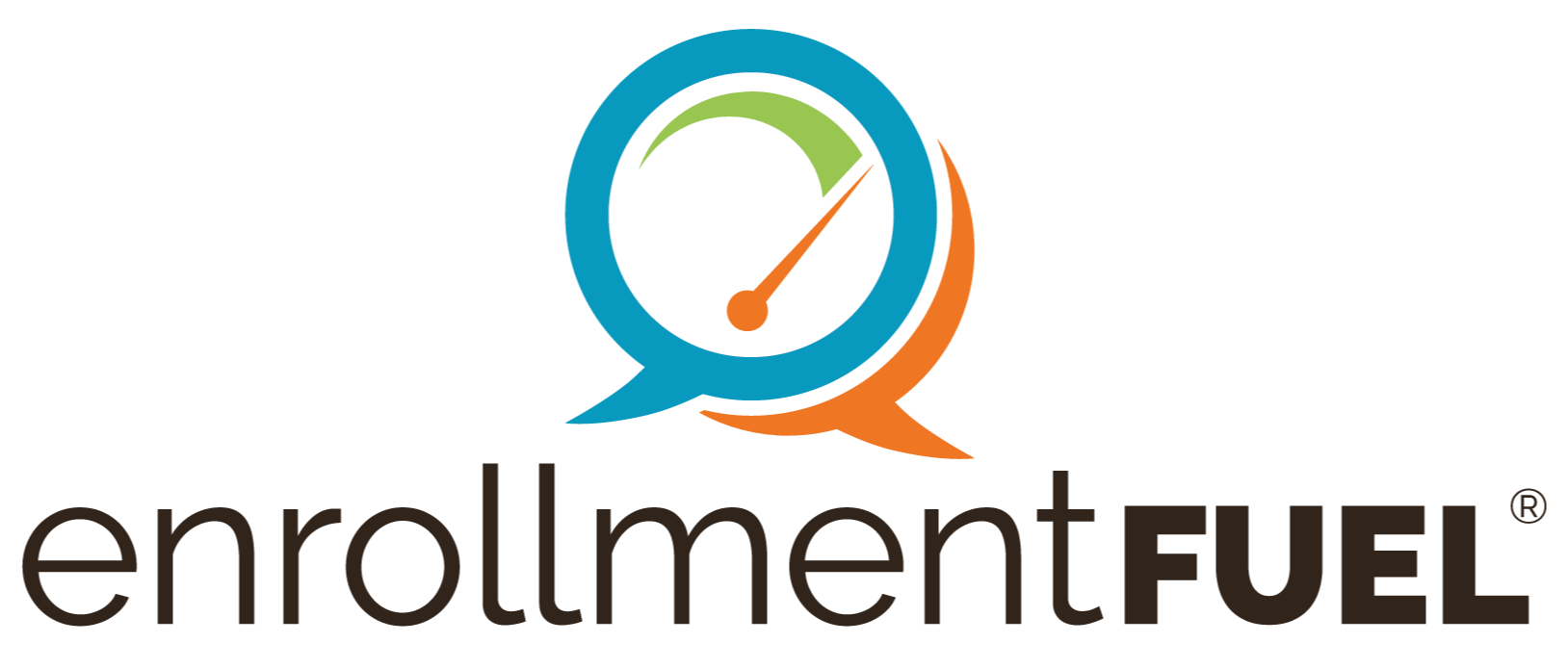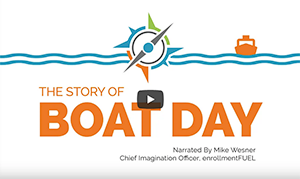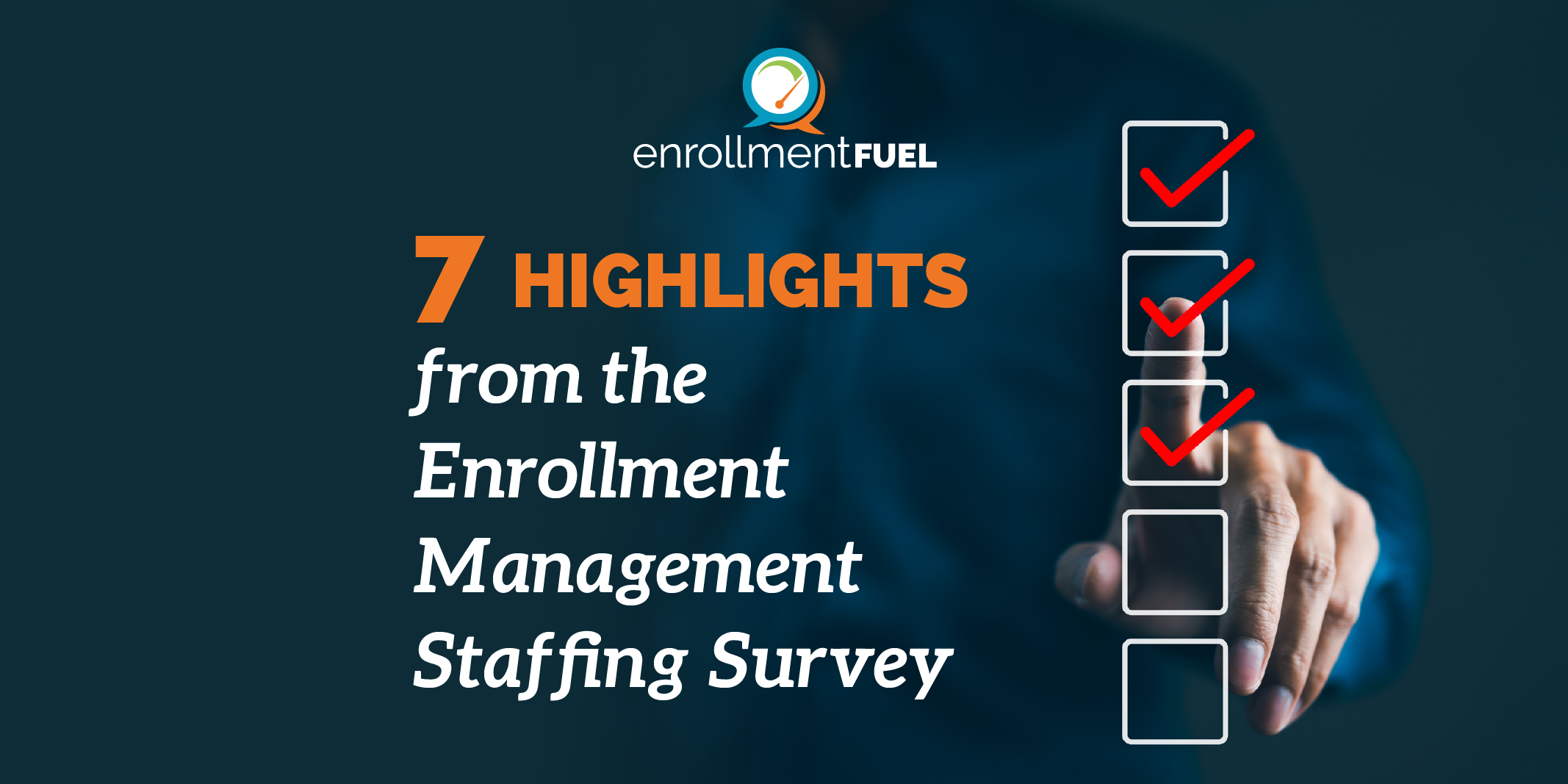An unfortunate reality for Admissions teams is that the traditional Yield recruitment tactics—including large accepted student events, shadow programs, and off-campus receptions—may not be in the cards for 2021. When I was a Director of Admissions, this would have been of great concern to me. At one college where I worked, the conversion of students who attended our accepted student events was about 70%, as compared to 15% for the accepted student group as a whole. That is a huge disparity! This year, it will be imperative for enrollment managers to find strong alternative recruitment/marketing strategies to fill this void.
Digital advertising has long been a focal point of top-of-funnel recruitment strategy, and the Covid-19 Pandemic has accelerated a sense in enrollment management offices that having a comprehensive digital strategy is equally important deeper in the funnel. As face-to-face recruitment opportunities remain in flux, engaging accepted students in their homes during Yield will be very important. That being said, best-practice strategies for digital outreach at the top of the funnel are different from down-funnel, so in this blog entry, I will offer ideas to help you create a successful, engaging digital recruitment program that targets your accepted students.
The most important overarching concept for a digital Yield campaign is that your content really matters. As opposed to a digital Student Search campaign, in which the goal is typically to maximize reach and to qualify your leads (check out my colleague Lisa Branson’s article on digital advertising in Volume 4, Issue 1 of Octane for an overview), a digital campaign during Yield should seek to encourage influential behaviors, such as signing up for a virtual visit. Additionally, you should seek to positively impact the prospective student’s impression of your school. At this stage, the accepted will have already formed a strong impression, and you should seek to nurture the most compelling aspects of your brand. Uninspired creative is an absolute no-no during Yield. Most importantly, you need to ensure that the web collateral and multimedia that you are showing your audience is inspiring and relevant to this point in the decision-making journey.
Here are six recommendations for your digital Yield campaign:
- With digital, it is possible to increase the volume of ads during certain time periods within the campaign. We recommend that you advertise most during the highest-leverage times during Yield – for example, you should serve up a lot of ads in the weeks leading up to on-campus/virtual accepted student events and then again leading up to the deposit deadline.
- Retargeting the visitors to your accepted student web pages with additional advertising is very valuable. Think of when you browse for a specific item on your favorite retailer’s website, and after you leave the website, you see an ad for that item. We recommend setting up retargeting for both your visit webpage and your enrollment deposit webpage and creating ads with each of these respective calls to action.
- You can utilize landing pages to create additional engagement opportunities for your accepted students. Many colleges have accepted student portals. You could take this a step further and create a landing page where you ask your accepted students what is most important to them as they make their decision – and then follow up with them accordingly.
- Last summer, enrollmentFUEL developed an anti-melt campaign for a college in the Midwest, in which we set up a points system that incoming students could earn by connecting with other students. You could do this during Yield and assign points for activities such as registering for a campus visit, liking accepted student social media pages, and pinning their location on an interactive map that all accepted students could access. Students who surpass points thresholds could be rewarded with prizes such as college t-shirts. You could utilize banner or social media advertising to promote this type of gamification campaign.
- Gen X, the parents of your accepted students, are all over Facebook. Since you know the parents’ names and email addresses from the admission application, you could target the parents with social media advertising with messaging that is distinct from the advertising for the accepted students themselves. This could be especially powerful if you have a parent portal, which you could promote with ads.
- Any digital campaign should increase traffic of the targeted audience to your website. In some cases, this will be due to click-throughs on the ad itself. In other cases, they will return to your website later. Tracking the website activity, including which webpages your accepted students are visiting, is especially useful for ascertaining interest and for directing relevant outreach. Some CRMs allow you to do this. If you are not doing this with your CRM, you can track website activity with enrollmentFUEL’s matchBACK™ service.
While I have emphasized the importance of quality creative and compelling content for a digital Yield campaign, do not be deterred by a concern that a digital Yield campaign will be awfully expensive. In fact, because the list you will use for your digital media spend is much smaller at this point than it would be higher up the funnel, digital Yield campaigns can actually be much more cost-effective than Student Search or Application Generation campaigns.
Glenn Bozinski, Vice President of Enrollment Management at Misericordia University, explains why his institution utilizes digital advertising during Yield:
“Especially with more regional schools like Misericordia, I feel that digital advertising is important to keep us front-of-mind, with students but even more importantly with parents. Reinforcing their wise choice (that being, to consider attending Misericordia) at several points between the time a student is admitted in October until they make their decision in March or April can help even the playing field with larger schools with a more prominent brand name. Micro-targeting to a few thousand students can be a more worthwhile investment than trying to move tens of thousands earlier in the funnel.”
In terms of bang-for-the-buck impact, it does not get much better than digital Yield campaigns.
Related Articles
Name Buys During the Pandemic
Picture this…America…2020…
COVID hits. Standardized testing dates have been cancelled around the...
Adult & Grad Student Search | Higher Ed | enrollmentFUEL
Anyone working in the realm of Adult and Graduate recruitment knows that their biggest challenge is
Enrollment Consideration Sets - Strategies to Score
Enrollment Consideration Sets - Strategies to Score
As the recruitment cycle resets, enrollment...




